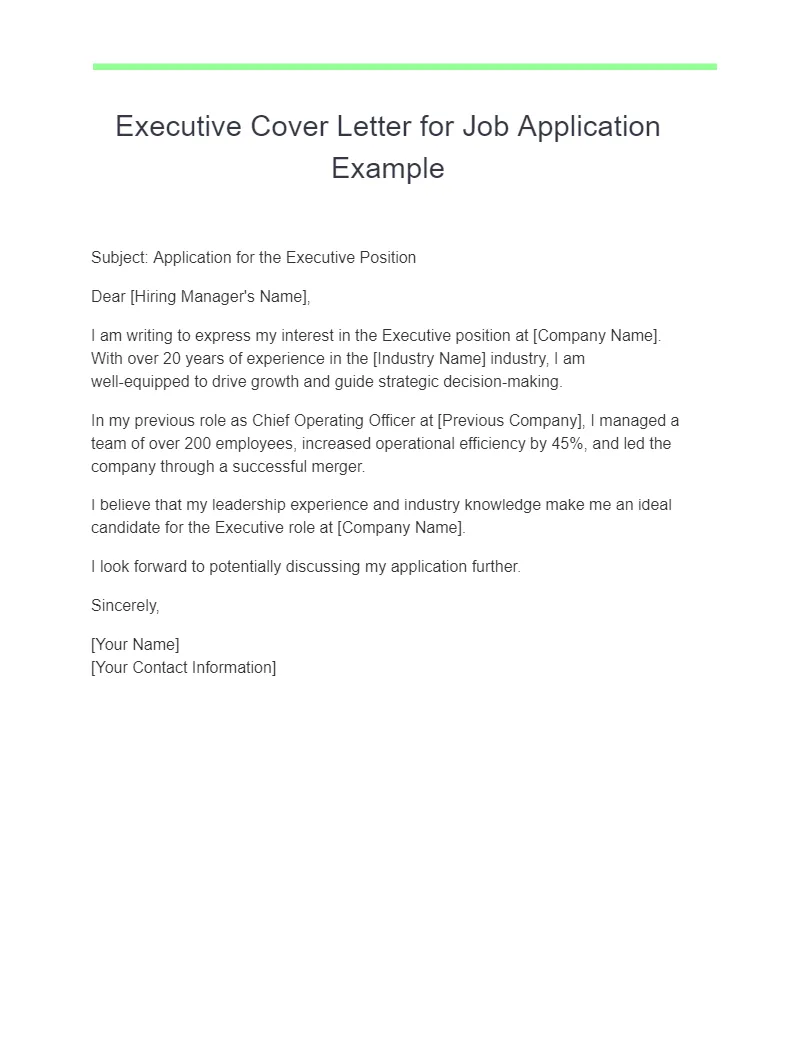What is an Executive Cover Letter
An executive cover letter is a crucial document in the job application process, specifically tailored for senior-level positions. Unlike a standard cover letter, it’s designed to showcase an executive’s leadership skills, strategic thinking, and significant accomplishments. This letter serves as a personalized introduction, offering a snapshot of your professional journey and highlighting your suitability for the role. It goes beyond simply listing job duties; it emphasizes the value you bring to an organization and why you are the ideal candidate. Writing a compelling executive cover letter requires a keen understanding of the specific requirements of the position and the ability to articulate your achievements in a clear, concise, and impactful manner. The goal is to capture the hiring manager’s attention and secure an interview, ultimately leading to the coveted executive position.
Why an Executive Cover Letter Matters
In the competitive landscape of executive job searches, an executive cover letter is not merely an optional add-on but a strategic necessity. It provides a unique platform to communicate your narrative, which the resume alone often fails to convey. The letter allows you to connect your experience to the specific needs of the company, demonstrating a genuine understanding of their challenges and opportunities. It provides the perfect opportunity to articulate your leadership philosophy and how you intend to contribute to the organization’s success. Furthermore, it showcases your written communication skills, a vital attribute for any executive role. A well-crafted letter shows your attention to detail, professionalism, and commitment to making a strong first impression, ultimately increasing your chances of standing out amongst a pool of highly qualified candidates. This is not a generic document; it’s a tool designed to win the attention of the hiring manager and drive your application to the top of the pile.
Key Components of a Compelling Executive Cover Letter
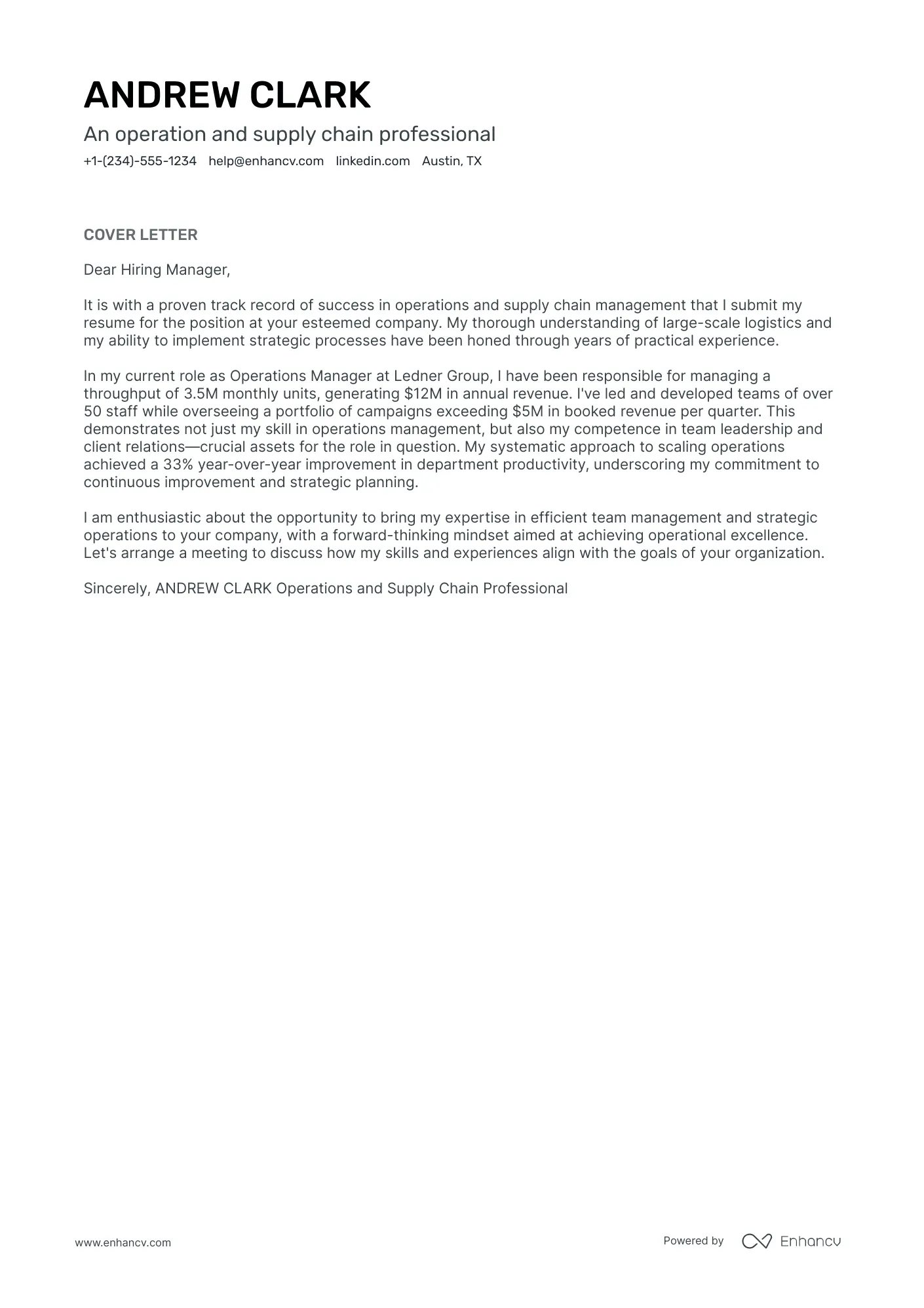
A compelling executive cover letter is built upon several essential components, each playing a critical role in conveying your qualifications and suitability for the role. From the opening paragraph to the closing call to action, every section must be carefully crafted to leave a lasting impression. The key is to integrate these elements seamlessly to create a cohesive and persuasive document. This structured approach ensures you are well-prepared to present yourself effectively. Remember, your goal is not just to list accomplishments, but to tell a story that resonates with the hiring manager, showcasing your value and leadership abilities.
Header and Contact Information
The header of your executive cover letter should be clean, professional, and easy to read. Start with your full name, followed by your professional title if you have one. Beneath this, include your contact information your phone number, email address, and professional networking profile link (e.g., LinkedIn). Ensure the information is up-to-date and accurate. The header sets the tone of your document and provides essential details for the hiring manager. This section might seem simple, but it is a necessary and important part of the professional presentation. Using a font that is clear and easy to read is also advised.
The Opening Paragraph Grab Attention
The opening paragraph is your opportunity to immediately capture the reader’s attention. Avoid generic phrases. Instead, start with a powerful statement that highlights your most significant accomplishment or a relevant skill directly related to the job. Alternatively, you can express your enthusiasm for the company or the position. The opening should clearly state the role you are applying for and briefly mention why you’re a strong fit. This sets the stage for the rest of the letter, encouraging the hiring manager to continue reading and learning more about you. A well-crafted opening paragraph ensures that your letter stands out from the competition and prompts the hiring manager to give your application a deeper look.
Highlighting Your Accomplishments and Skills
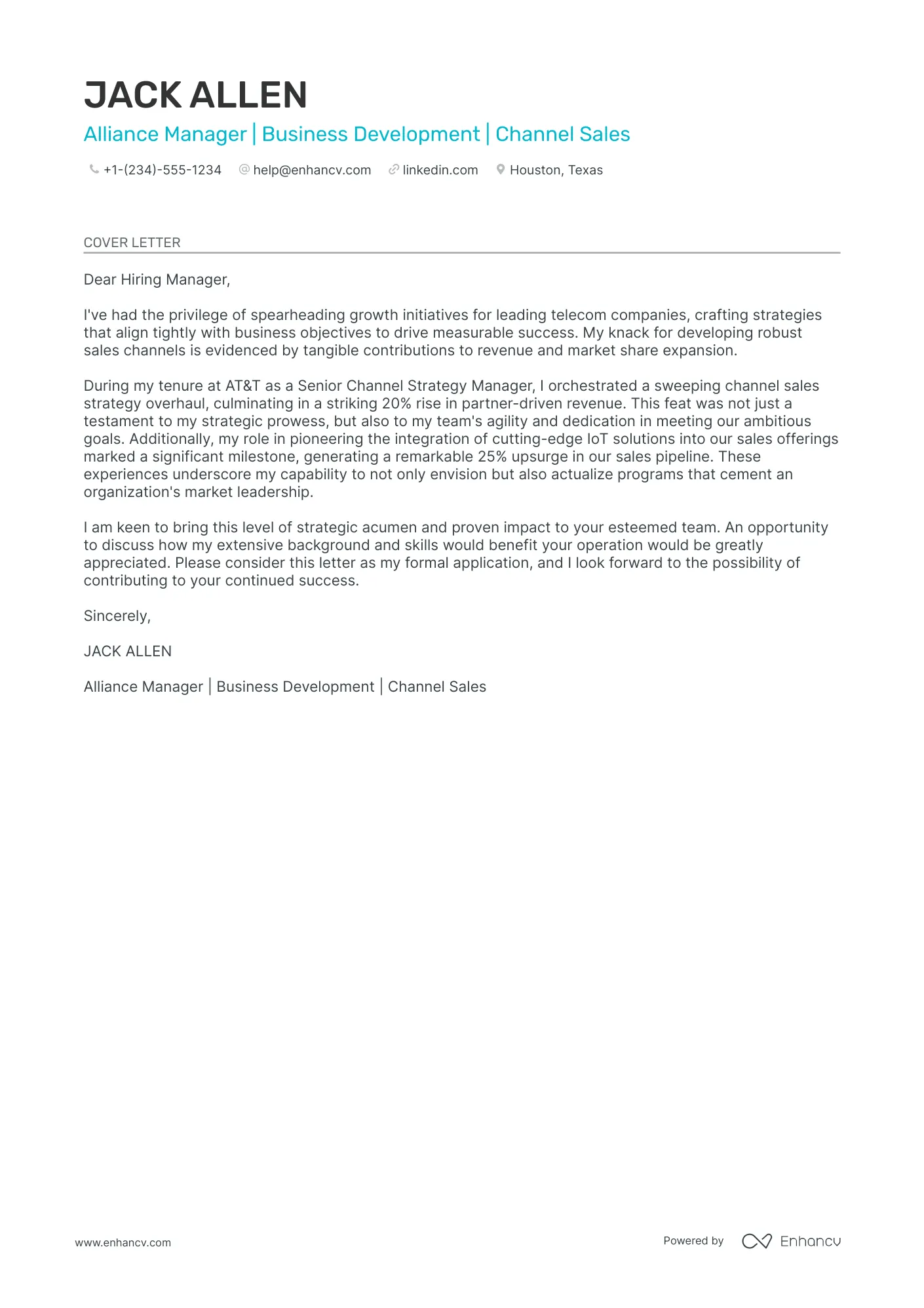
The body of your executive cover letter is where you demonstrate your value. Focus on your accomplishments and how you’ve made a positive impact in previous roles. Instead of simply listing responsibilities, use the STAR method (Situation, Task, Action, Result) to showcase your achievements. Quantify your successes whenever possible, providing data-driven evidence of your contributions. For instance, highlight how you increased revenue, reduced costs, improved efficiency, or led successful strategic initiatives. Tailor your skills and accomplishments to align with the specific requirements of the job description. This targeted approach shows the hiring manager that you understand the role and are well-equipped to excel in it. Focus on the results and the value that you can bring to the table.
Quantifiable Achievements
Quantifiable achievements provide concrete evidence of your success and leadership abilities. Use numbers, percentages, and metrics to illustrate your impact. Instead of saying you “improved sales,” state that you “increased sales by 20% in one year,” for example. Mention the specific initiatives you led or the strategies you implemented. If you managed a team, include the size of the team and any significant milestones or achievements under your leadership. Quantifiable data immediately gives the hiring manager a clear picture of your capabilities and potential. Avoid vague statements, and make sure your metrics are relevant to the specific job and the organization’s priorities. By providing clear evidence of your contributions, you build credibility and increase your chances of securing an interview.
Tailoring Your Letter to the Specific Role
Each executive cover letter must be meticulously tailored to the specific role and company. Start by carefully analyzing the job description, noting the key skills, experiences, and qualifications the employer is seeking. Then, adapt your cover letter to address these requirements directly. Highlight the relevant accomplishments and skills from your career. Show, don’t just tell, how your experience aligns with the company’s needs. Tailoring demonstrates your genuine interest in the position and proves that you’ve done your research. It shows that you understand the company’s challenges and are ready to contribute to their success. Generic cover letters are easily discarded; the more specific and personalized your letter, the greater your chances of landing an interview.
Demonstrating Your Understanding of the Company
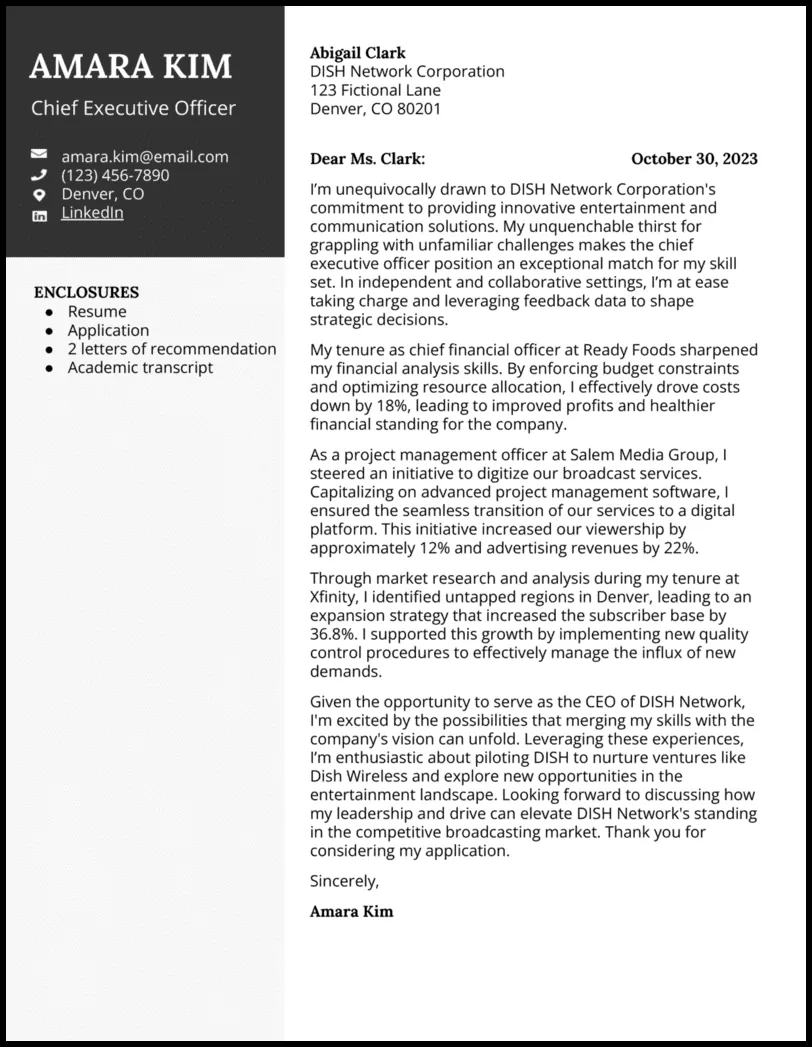
Show the hiring manager that you have thoroughly researched the company and are aware of their mission, values, and current initiatives. This can involve discussing recent company announcements, challenges they are facing, or industry trends. Explain how your skills and experience can help them achieve their goals. Mention any specific projects or initiatives that resonate with you. Demonstrating this level of understanding shows your commitment and your desire to be a part of their organization. Use the company’s website, news articles, and social media to gather information. It also indicates your dedication to the role and provides further evidence of your interest. This level of detail sets you apart from generic applicants.
The Closing Paragraph Call to Action
Your closing paragraph should reiterate your interest in the position and express your enthusiasm for the opportunity. Thank the hiring manager for their time and consideration. End with a clear call to action, such as inviting them to contact you to discuss your qualifications further or stating your availability for an interview. Make sure the call to action is direct and confident. Avoid clichés and, instead, provide a proactive close that prompts the reader to take the next step. Reiterate your value and how you can contribute to the company’s success, emphasizing your readiness to take on the role. This final section reinforces your candidacy and shows your eagerness to move forward in the hiring process.
Formatting and Design Tips
Formatting and design play a significant role in how your executive cover letter is perceived. A well-formatted letter looks professional and is easier to read. Use a clean, legible font such as Arial, Times New Roman, or Calibri. Maintain consistent font sizes throughout the document. Use standard 1-inch margins and single or 1.15 line spacing. Keep the letter concise, aiming for one page. Break up large blocks of text with clear headings and subheadings to make it visually appealing. Ensure that the letter is aligned consistently and free from any distracting elements. Choose a professional letterhead and ensure consistency in your branding across all your application materials. This attention to detail reflects your professionalism and respect for the hiring manager’s time.
Proofreading and Editing
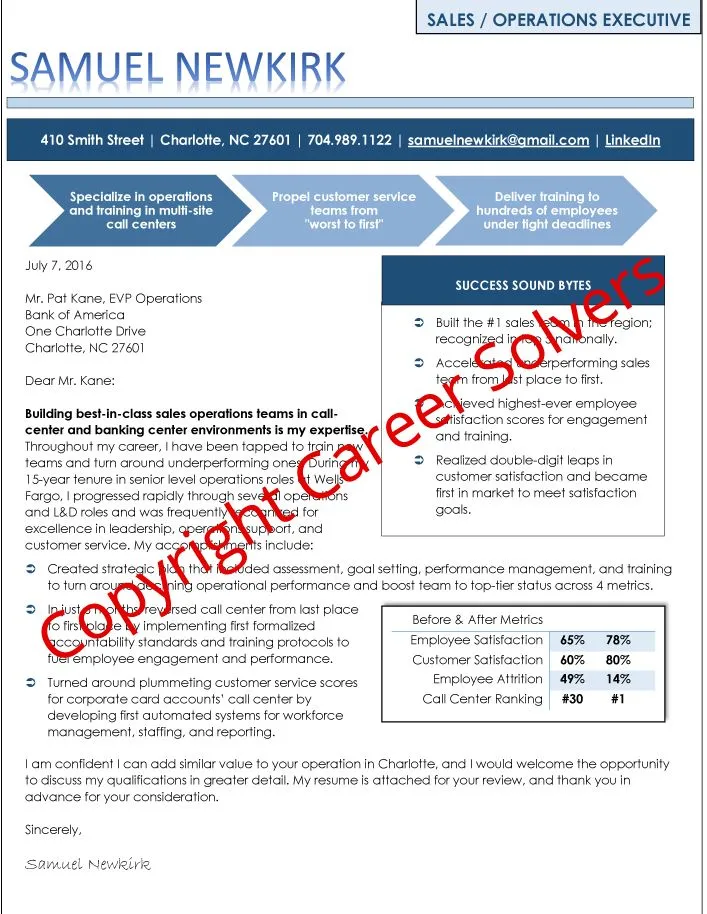
Proofreading and editing are critical steps in ensuring your executive cover letter is polished and professional. Errors in grammar, spelling, or punctuation can immediately undermine your credibility. After writing your letter, review it multiple times, checking for any typos or grammatical mistakes. Then, ask a trusted colleague or friend to review your letter. They can provide a fresh perspective and catch any errors you may have missed. Pay close attention to sentence structure, ensuring clarity and conciseness. Verify all the details, including the company’s name, the hiring manager’s name, and the job title. Proofreading ensures your letter presents you in the best possible light. This step demonstrates your attention to detail, one of the essential qualities for an executive role.
Using the Right Tone and Language
The tone and language you use in your executive cover letter should be formal, professional, and confident. Avoid slang, jargon, and overly casual language. Use strong action verbs to describe your accomplishments and leadership skills. Choose words that reflect your experience and expertise. Maintain a positive and enthusiastic tone throughout the letter. Tailor the language to match the company’s culture and values. The tone of your letter should convey your personality and professionalism, emphasizing your qualifications in a clear and compelling manner. The language you choose will reflect your understanding of the role and your potential contributions to the company’s success. Make sure the letter is written in a way that reflects your personal brand.
Common Mistakes to Avoid
Many common mistakes can undermine an executive cover letter. One frequent error is failing to tailor the letter to the specific job or company. Generic cover letters can easily be recognized and discarded. Another common issue is focusing too much on your needs rather than the needs of the employer. Avoid using clichés or generic opening and closing paragraphs. Make sure that your letter has a clear focus and avoids sounding overly boastful or arrogant. Proofread carefully to avoid spelling and grammatical errors, as they can make you appear unprofessional. Ensure that your contact information is accurate and up-to-date. Additionally, ensure you’ve researched the company and are aware of its current initiatives. By avoiding these common mistakes, you increase your chances of making a strong first impression and securing an interview.
